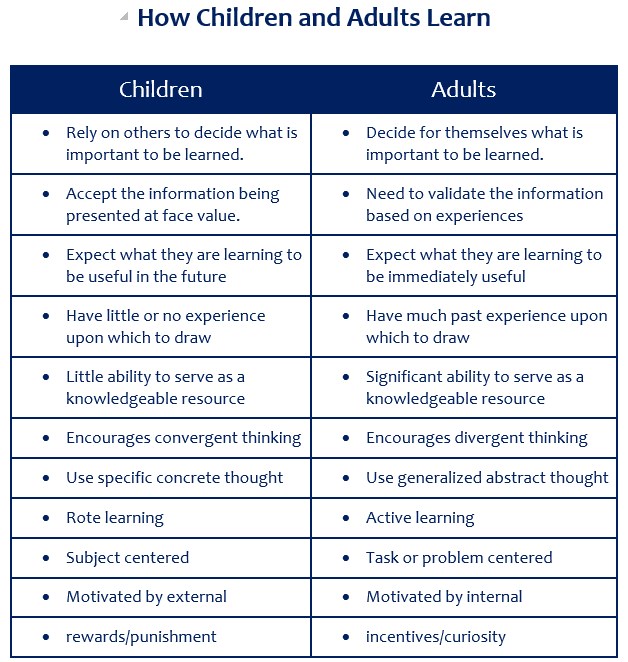You may have noticed more and more former K-12 teachers transitioning to careers in instructional design. Why? Educators already have many valuable skills that can be applied to the eLearning world.
In this webinar, Michelle Pletch, Associate Instructional Designer at eLearning Brothers Custom Solutions, shared what skills classroom educators bring to online training and key things you can do to prepare for a career change.
First things first, why are so many teachers making career changes?
Some of the reasons include:
- Pay
- Lack of Resources
- Time
- Stress from Unrealistic Expectations
- Asked to Play Too Many Roles
- Limited Upward Mobility
What makes instructional design such a good fit for former teachers?
There are many overlaps between these two jobs.
Much like teaching, instructional design involves putting together these pieces of the puzzle:
- Who are your learners?
- What are the objectives?
- What is the best way to present the information?
- How am I going to assess their knowledge?
The major difference between being a teacher and an instructional designer?
Your learners! Teaching adults is different from teaching kids. Adults have different learning preferences and have much more past experience to draw on.
Another difference between teaching children and adults is where your learning objectives come from. For instructional designers, instead of teaching to state guidelines and standardized tests, your learning objectives will be based on your company or client’s training goals and needs.
Lastly, instructional designers don’t have the advantage of face-to-face interaction with their students. If a poorly-worded question confuses the learner, they can’t ask the instructional designer for clarification. In addition, everything the learner needs to be able to know, feel, or do must be accessible on the screen. You have to think outside the box to present all the information in an engaging way.
How can teachers prepare to make the change from educator to instructional designer?
Learn the authoring tools.
Lectora®, Adobe® Captivate, and Articulate Storyline® are the most commonly used authoring tools. All of these offer free trials on their websites.
Talk to others in the field.
Connect with instructional designers on LinkedIn or in the Rockstars Community to get their insight.
Create a portfolio.
Show potential employers that you know how to create lesson plans and write effective knowledge assessments. You can use eLearning templates if you’re not an experienced designer. (You don’t need to be a graphic designer OR a programmer to become an instructional designer!)
Watch the full recording for all of Michelle’s advice and tips:
eLearning Brothers is your one-stop shop for all things eLearning. Contact us for more information.








